The Great Barrier Reef is a true wonder of the world and is an amazing place to visit. You really can't imagine its beauty until you actually see it for yourself. There are plenty of places from where you can explore the Great Barrier Reef, and whether you travel to the outer reef or visit some of the other reefs and Islands nearer the coast you are sure to be satisfied.
Although the reef is called the Great Barrier Reef, it is actually made up of around 2600 different reefs. The Great Barrier Reef is 2000km long, starting just south of the Tropic of Capricorn. The Great Barrier Reef stretches along the Queensland coastline from just north of Bundaberg (where you will find the Southern Reef Islands) right upto Far North Queensland and the Torres Strait. Due to the reefs amazing and spectacular natural beauty the Great Barrier Reef was declared as a World Heritage Area in 1981.
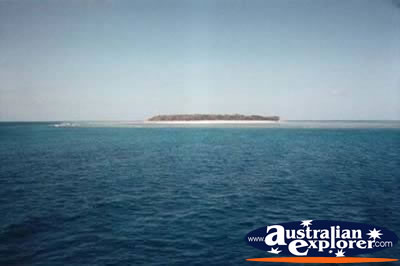 The reef is called the 'Barrier' Reef because it is an outer reef, situated along the Australian continental shelf with the channel between the coastline and the reef reaching a depth of about 60m. The other type of reef is a 'Fringe' reef, which is situated along the coastline of land and islands.
The reef is called the 'Barrier' Reef because it is an outer reef, situated along the Australian continental shelf with the channel between the coastline and the reef reaching a depth of about 60m. The other type of reef is a 'Fringe' reef, which is situated along the coastline of land and islands.
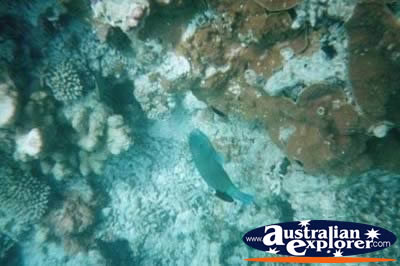 The coral on the reef dates back to around 18 million years old, and is thought to be about 500 metres in some places. Coral is made by Polyps which are marine animals from the Cindaria family. When the Polyps die, their skeletons turn white (which is how you know if coral is alive or dead) and then more Polyps grow on top of them
The coral on the reef dates back to around 18 million years old, and is thought to be about 500 metres in some places. Coral is made by Polyps which are marine animals from the Cindaria family. When the Polyps die, their skeletons turn white (which is how you know if coral is alive or dead) and then more Polyps grow on top of them
There are a few conditions that are required for healthy growth of coral. The water must be salty, clear and not lower in temperature than 17.5 degrees and lower in depth than 30 metres. An amazing sight is seeing the spawning of the coral, which happens in late spring/early summer and is often called an 'underwater snowstorm'.
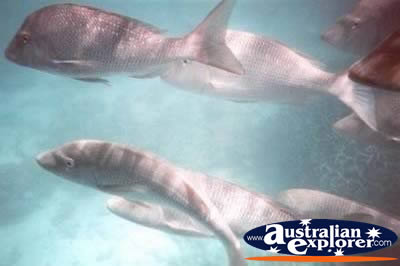 There are nearly 400 types of coral in the reef and plenty of other species of fish, clams and other sea creatures. The islands are also popular with sea birds and turtles. The colours of all of the coral and sealife is wonderful, from pinks and greens to deep blues and silvers.
There are nearly 400 types of coral in the reef and plenty of other species of fish, clams and other sea creatures. The islands are also popular with sea birds and turtles. The colours of all of the coral and sealife is wonderful, from pinks and greens to deep blues and silvers.
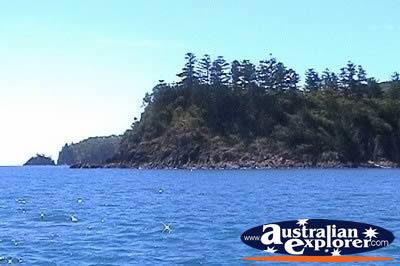 There are few dangerous creatures on the reef, although you may see reef sharks there are no noted attacks on visitors. The most dangerous things in the Barrier Reef is the coral itself (if you touch them you can cut yourself as well as damage the coral), Jellyfish and Scorpion Fish.
There are few dangerous creatures on the reef, although you may see reef sharks there are no noted attacks on visitors. The most dangerous things in the Barrier Reef is the coral itself (if you touch them you can cut yourself as well as damage the coral), Jellyfish and Scorpion Fish.
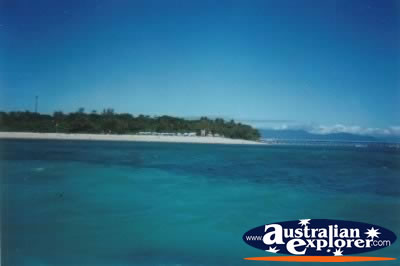 There are also a number of islands throughout the Great Barrier Reef. They all offer something special to the visitor and are made up of a variety of plantlife. To the south of the reef are a selection of continental islands including Dunk Island, Great Keppel Island, Hinchinbrook Island and several of the Whitsundays.
There are also a number of islands throughout the Great Barrier Reef. They all offer something special to the visitor and are made up of a variety of plantlife. To the south of the reef are a selection of continental islands including Dunk Island, Great Keppel Island, Hinchinbrook Island and several of the Whitsundays.
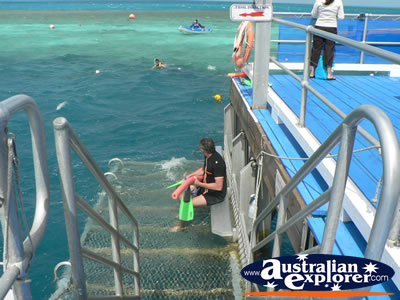 Further north are around 300 Cays, which are created when the reef lies above sea level causing the waves to ground the coral into sand. Cays include Green Island, Heron Island and the Low Isles. You can stay on several of the islands which are all truly beautiful. Accommodation ranges from exclusive resorts to camping.
Further north are around 300 Cays, which are created when the reef lies above sea level causing the waves to ground the coral into sand. Cays include Green Island, Heron Island and the Low Isles. You can stay on several of the islands which are all truly beautiful. Accommodation ranges from exclusive resorts to camping.
Wherever you decide to go in the Great Barrier Reef, make sure you go somewhere. Once you get there, although many tours offer glass bottom boats and semi-submersible boats, the best way to see the reef is by snorkeling or diving. Even for those who don't feel brave enough, try. It is definitely worth it.


